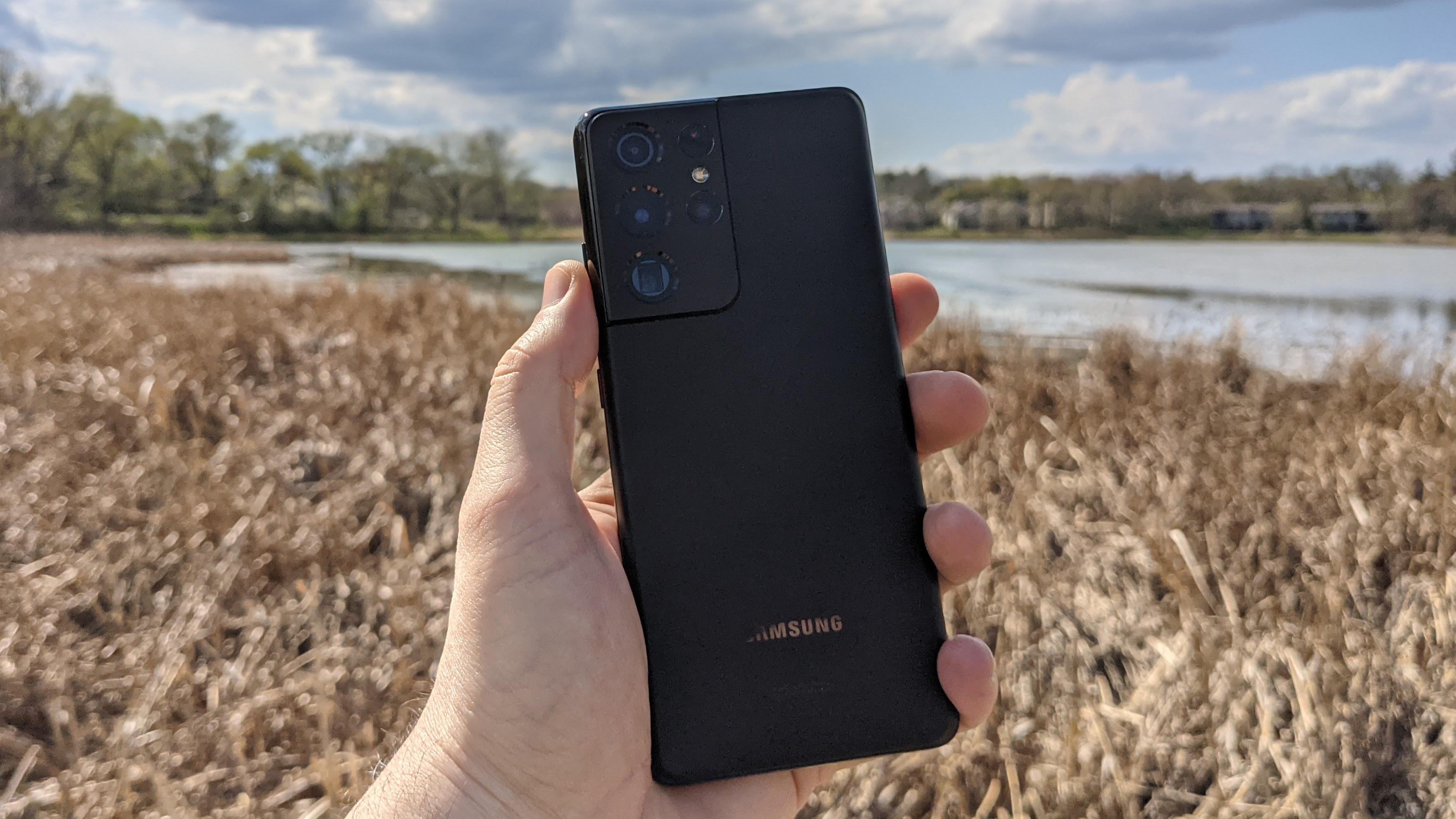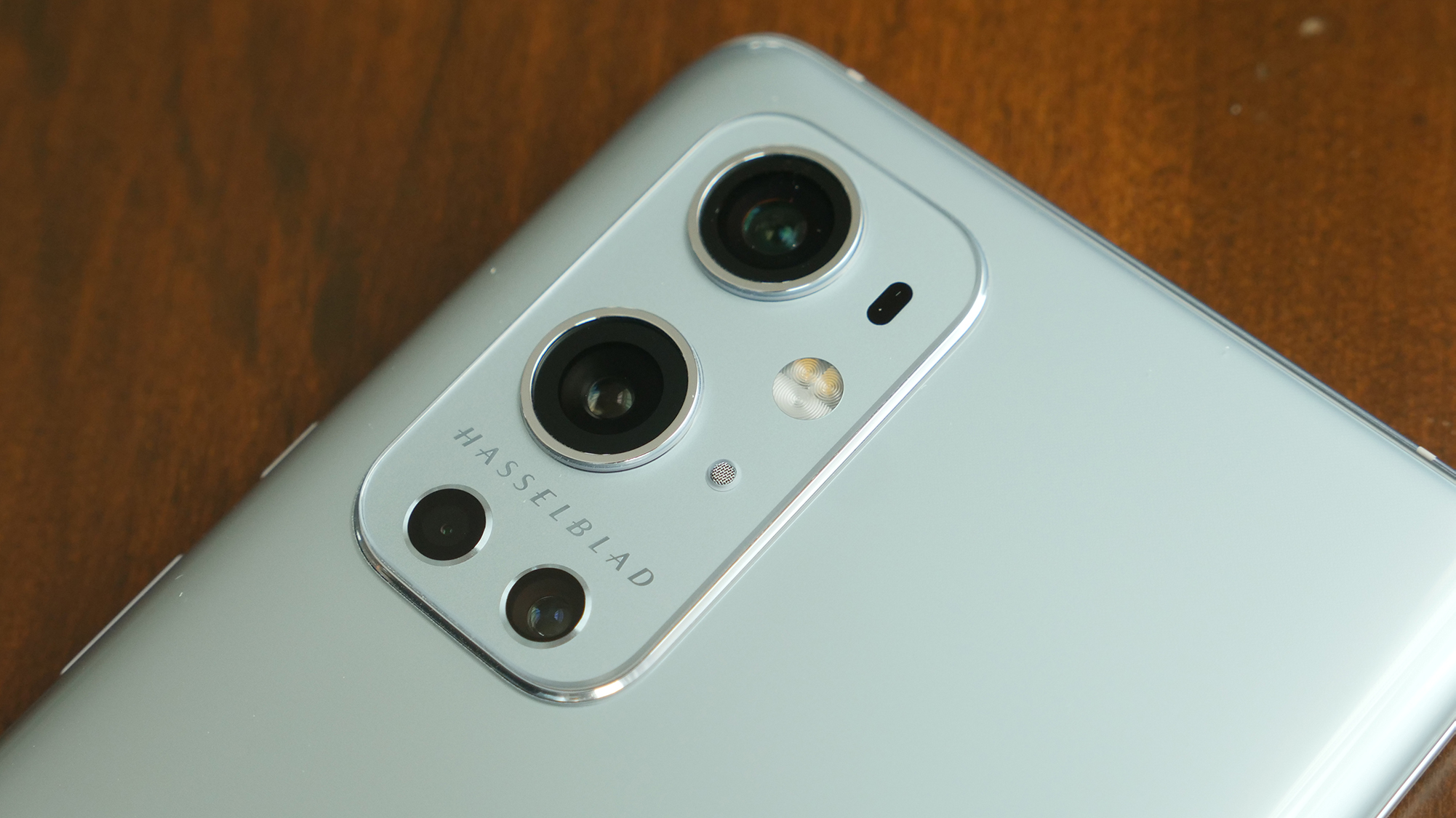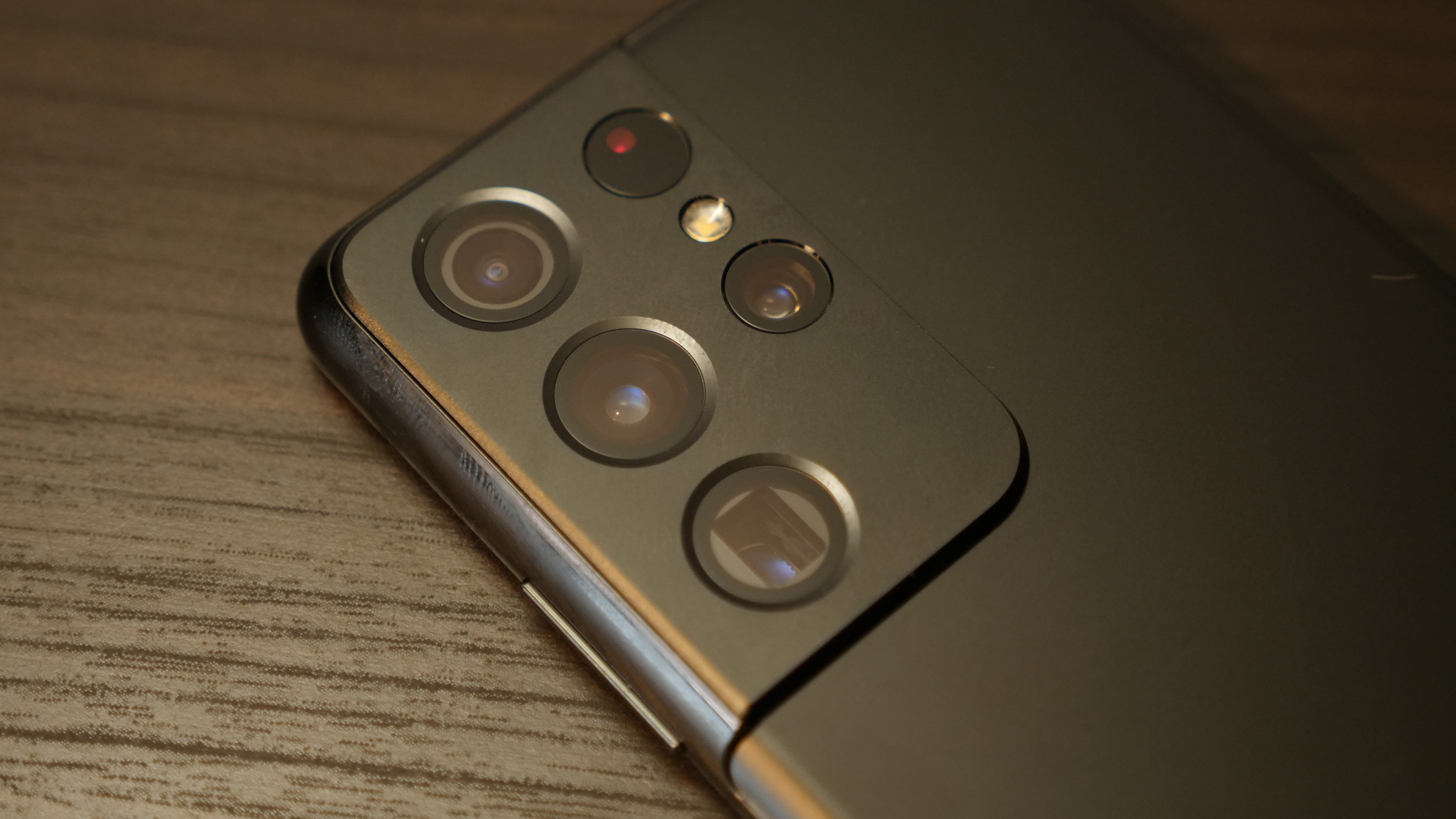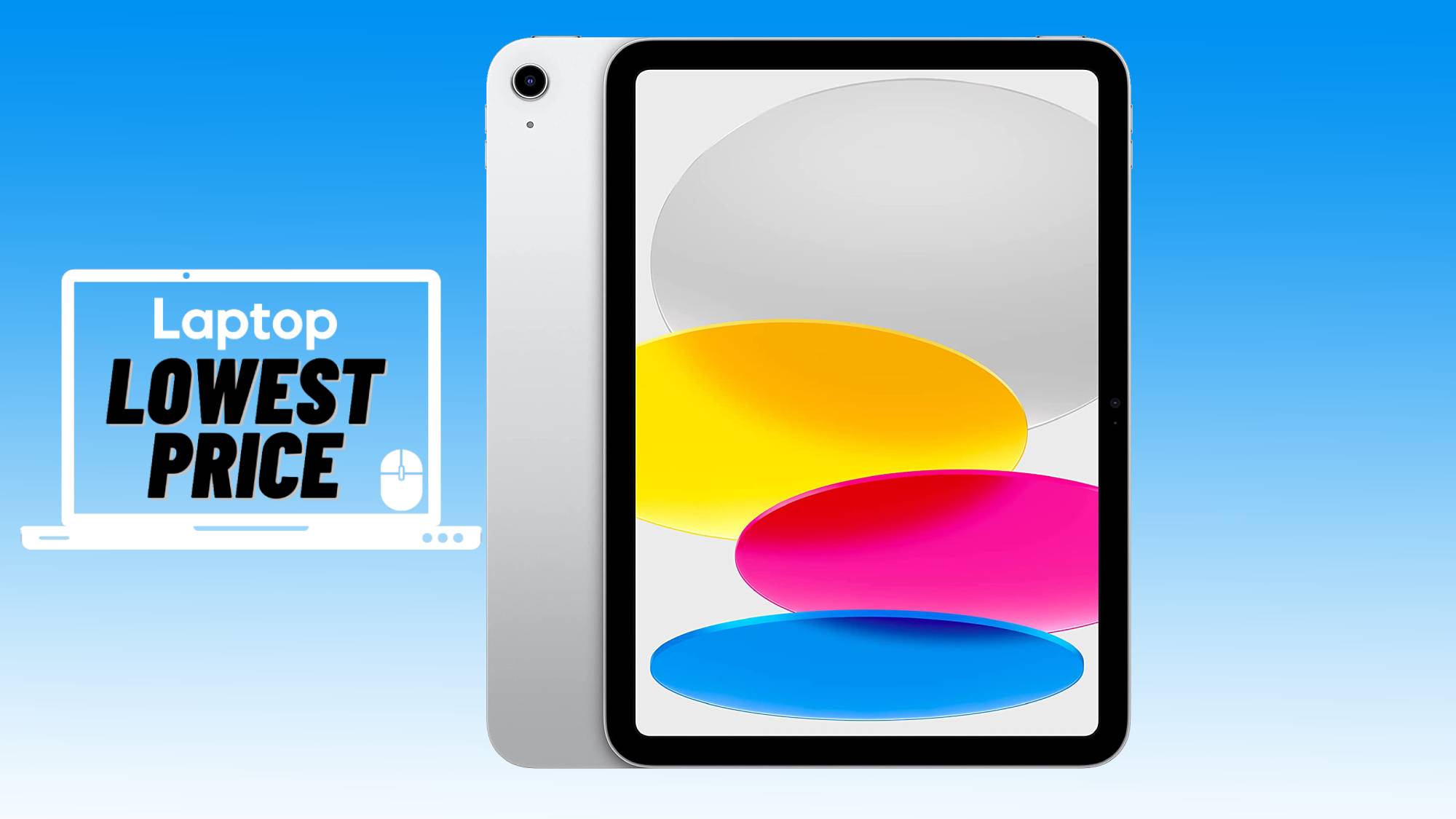Smartphone camera test: Why you need a telephoto zoom lens
Telephoto lenses are becoming common on flagship phones, but do you need one?

Photo and video quality is one of the biggest battlegrounds in modern phones. The rear camera array of many flagship devices is crowded with three or four lenses and at least one of these is guaranteed to be a telephoto lens if you're buying a modern flagship.
The question I see popping up more often these days is: “What is the point of a telephoto lens on a phone?” Sure, it ticks a box on a spec list, and maybe a 3x or 10x zoom sounds cool for marketing, but does it serve a practical purpose for most users?
Adding further confusion to this discussion is another arms race in modern phones: the megapixel race. Flagships like the OnePlus 9 Pro and Samsung Galaxy S21 Ultra feature a 48MP and preposterous 108MP primary sensor, respectively. With all of those megapixels, there’s plenty of resolution to zoom in after you’ve taken the photo and get a similar range to what you'd get from a telephoto lens. Isn’t that just as good?
- Best smartphones in 2021
- Pixel 6: Price, release date, specs, and all the latest details
- The best cell phone deals in May 2021
With these questions in mind, I grabbed my Galaxy S21 Ultra and OnePlus 9 Pro and took some photos with the super-high-res main cameras and the telephoto cameras, then compared the two. I was surprised by what I found.
Why do you need a telephoto lens at all?
Before I get to the results of my testing, I want to briefly address how telephoto is useful in general. The industry has trended toward ultra-wide lenses being a greater priority; the Pixel 5 is the best example of this with Google switching to a wide-angle and ultra-wide setup from the wide-angle and telephoto of the Pixel 4 XL. Google’s justification for the change was exactly what I will be looking at in my testing: that you can do a digital zoom with the main camera to replace having a telephoto lens. Ultra-wide-angle lenses are incredibly useful as well, but it turns out telephoto also has its place.
Beyond the basic notion that having more options and flexibility is better in photography, there are quite a few specific use cases for a telephoto lens. Wildlife is perhaps the classic answer, getting shots of animals without disturbing them or putting yourself in danger with potentially aggressive animals. On a similar note (with that first concern anyway) is getting photos of your kids without interrupting their playing or drawing attention to the fact that you are taking their photo. Using a telephoto camera in these situations can yield some of the best candid shots.

Action shots, whether it's your child running around or getting photos of a football game, are often best captured with a telephoto lens from a distance. You can actually track and capture the action better while honing in on a specific subject. On that last point, finding a subject that you may not have seen is another benefit of a telephoto lens. Sometimes you miss a specific element trying to take in an entire scene. A telephoto lens will also give you different framing options as you might have the ability to crop out an element that was ruining your photo.
Stay in the know with Laptop Mag
Get our in-depth reviews, helpful tips, great deals, and the biggest news stories delivered to your inbox.
Hopefully, that gives you a general idea of how and why you might find telephoto photography valuable on your phone, now let’s dig into whether having a dedicated telephoto lens is worthwhile. Due to a resolution limit on the tool that we use for the image comparison slider, I had to reduce the resolution for the shots from the dedicated telephoto sensors, but my comparisons are based on the full resolution images which are double that of the samples in the slider.
Do it for the exposure
One of the more interesting things I encountered during testing was how much of an impact using the telephoto camera versus the standard lens had on exposure. The phone is making decisions based on the entire scene that it is capturing. If you are making a minor crop, that won’t matter, but if you are trying to simulate a 3.3x or 10x zoom, it can have a tremendous impact on the result.
Here’s an example of a shot of a quilt on my porch taken with the full 108MP primary camera on the Galaxy S21 Ultra and then with the 10x zoom. I used the same focus point for both. As you can see, the shot from the primary camera is completely blown out in comparison to the zoom shot and loses a considerable amount of detail.
Here’s a similar example of a garden gnome that is a little worse for wear after the winter. Again, I found that the exposure sabotaged the shot with the 108MP primary as it pushed the hat to a much lighter color. I also lost detail despite this crop offering a higher resolution than the zoom lens.
You could clean some of this up with a little editing in the gallery on your phone, but that is extra work. And you still won’t get as good a result as what I got out of the telephoto camera in terms of capturing the photo as intended. This issue is more apparent when you are taking relatively short-range photos; in both cases, I was approximately eight to ten feet away from the subject. As you’ll see in my next samples, this becomes less relevant when taking longer shots, although that introduces other issues.
Zoom isn’t everything
To put one of my stated use cases to the test, I went to a nearby pond and took photos of some wildlife, specifically herons. It was a mostly clear day so there was full sunlight and I was about 30-35 feet away from the herons. Here, exposure was less of an issue as both the zoomed subject and entire scene were similarly exposed, but I do still prefer the exposure from the telephoto.
One issue I encountered was getting the focus right for the shot from the 108MP and 48MP primary lenses on the Galaxy S21 Ultra and OnePlus 9 Pro, respectively. It is less of a problem on the OnePlus 9 Pro because the 3.3x zoom, at this distance, isn’t as profound a change to the scene, but it was still more difficult to target the herons.
Moving to the Galaxy S21 Ultra, it was impossible to get a shot from the primary lens that was anywhere near as well-focused on the herons as the 10x telephoto. The birds are barely visible in the wide-angle shot and there are far too many other elements trying to grab the focus.
It’s all in the details
For my last test, I took the focusing issue out of the equation by visiting a mural on a local pizza place, assuming that focusing on just the side of a building from about 30 feet away wouldn’t be an issue for either lens. I was right on that count, but again, was surprised by the results.
Here’s the shot from the OnePlus 9 Pro. I do prefer the color result from the primary lens in this case, but there is more grain in that image, which I wasn't anticipating.
With the Galaxy S21 Ultra, the colors are closer, but the grain is even more pronounced than with the OnePlus 9 Pro; the 10x optical zoom is by far the cleaner shot.
Why didn’t you test an iPhone?
In case you were wondering why I left Apple out of this little test, the iPhone 12 Pro and iPhone 12 Pro Max do feature a telephoto lens, but the big difference is that the iPhone only uses 12MP sensors. So unlike these Android phones that pack a massive primary sensor and an 8 to 12MP telephoto lens, the iPhone keeps the resolution even.
The primary is still, by far, the best lens on the iPhone 12 Pro models with its f/1.6 aperture, but the resolution fall-off is going to be significant to the point where comparing a digital zoom from the primary to the optical zoom of the telephoto is irrelevant.

Bottom line
There is plenty of room to argue whether telephoto photography, in general, is necessary on a phone. I’m very much in favor of it as I both like taking pictures of wildlife and I have children who are often dashing around at high speeds or playing sports. There are photos and videos I’ve taken of them with the telephoto lens on my phones that I simply wouldn’t otherwise have captured with a standard lens. However, for others, a telephoto may be less relevant.
With that said, I was honestly not sure going into this testing how the telephoto would fare against the massive megapixel primary sensors and was surprised by how much better the results are from the true telephoto, especially in the case of the 10x zoom of the Galaxy S21 Ultra. And while it wasn’t part of my testing, another factor to consider is video quality; digitally zoomed video from the primary lens doesn’t remotely compare to the video output from the 10x zoom if you are trying to capture something in the distance.
If you feel like any of the use cases for a telephoto lens match your usage, don’t feel like you are throwing money away by going with a high-end flagship to get that bigger optical zoom; you’ll be thankful when you get that irreplaceable shot.
Sean Riley has been covering tech professionally for over a decade now. Most of that time was as a freelancer covering varied topics including phones, wearables, tablets, smart home devices, laptops, AR, VR, mobile payments, fintech, and more. Sean is the resident mobile expert at Laptop Mag, specializing in phones and wearables, you'll find plenty of news, reviews, how-to, and opinion pieces on these subjects from him here. But Laptop Mag has also proven a perfect fit for that broad range of interests with reviews and news on the latest laptops, VR games, and computer accessories along with coverage on everything from NFTs to cybersecurity and more.

